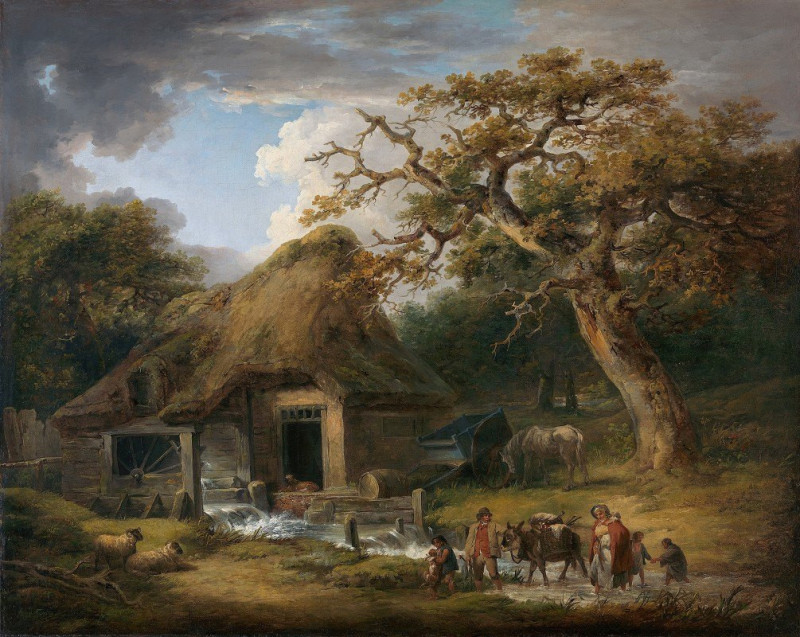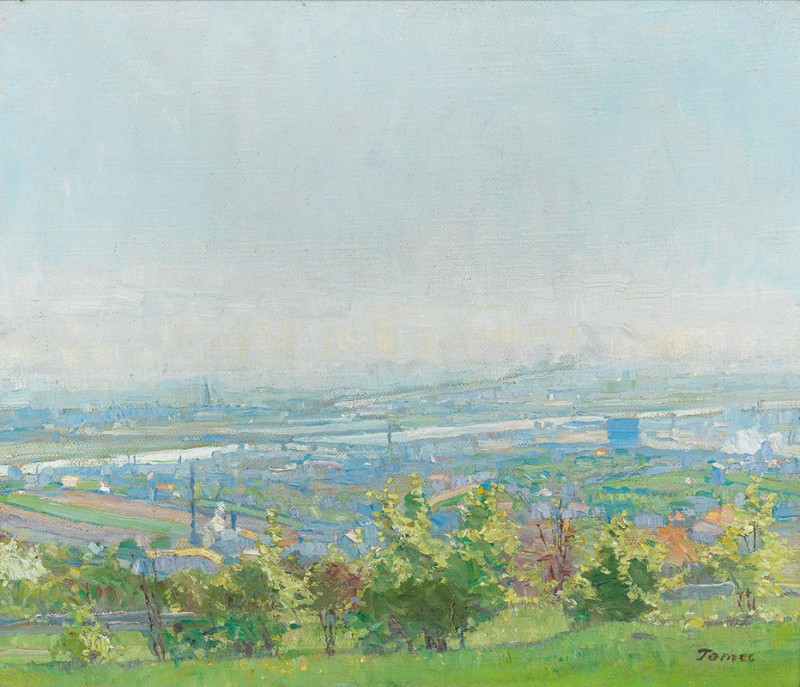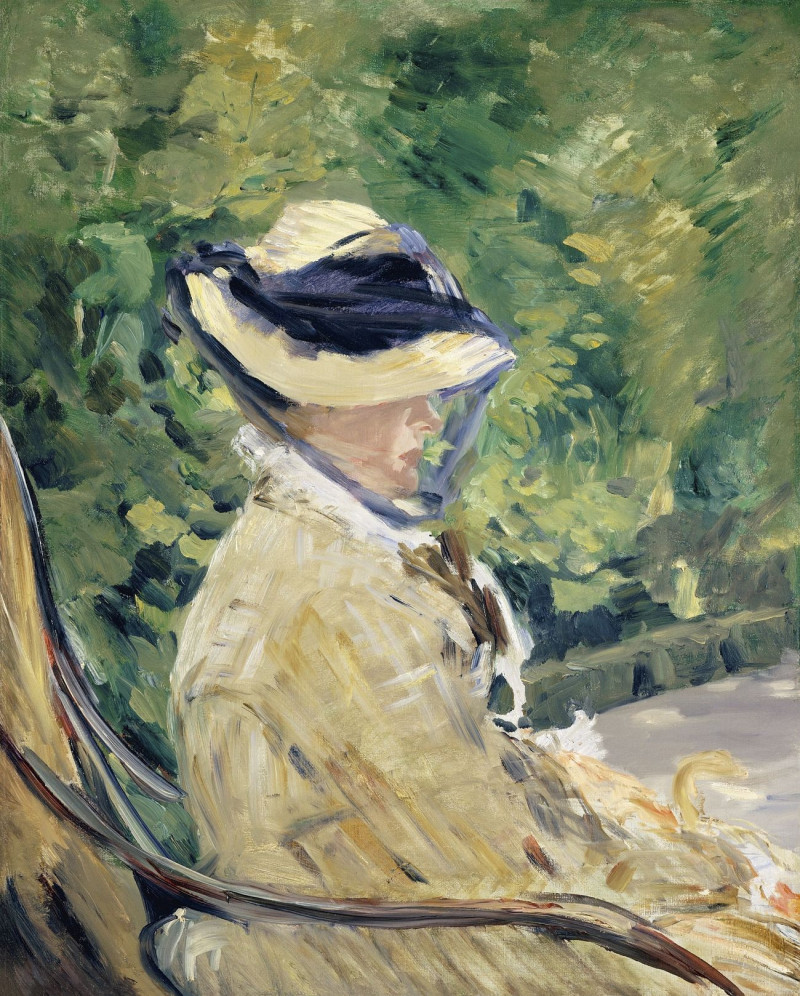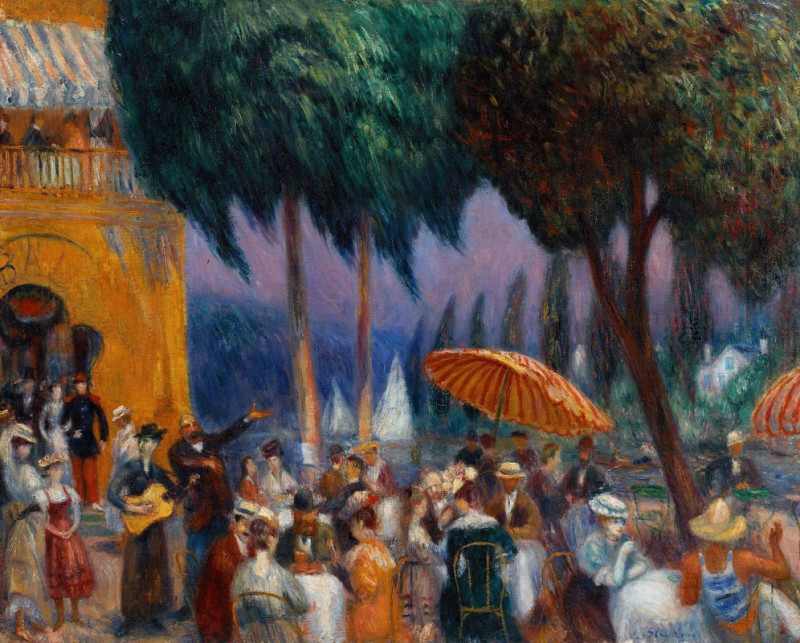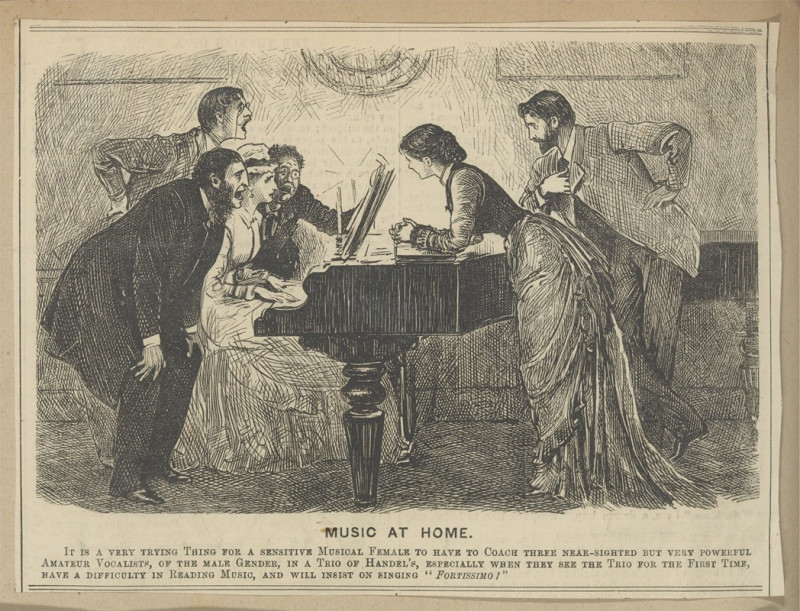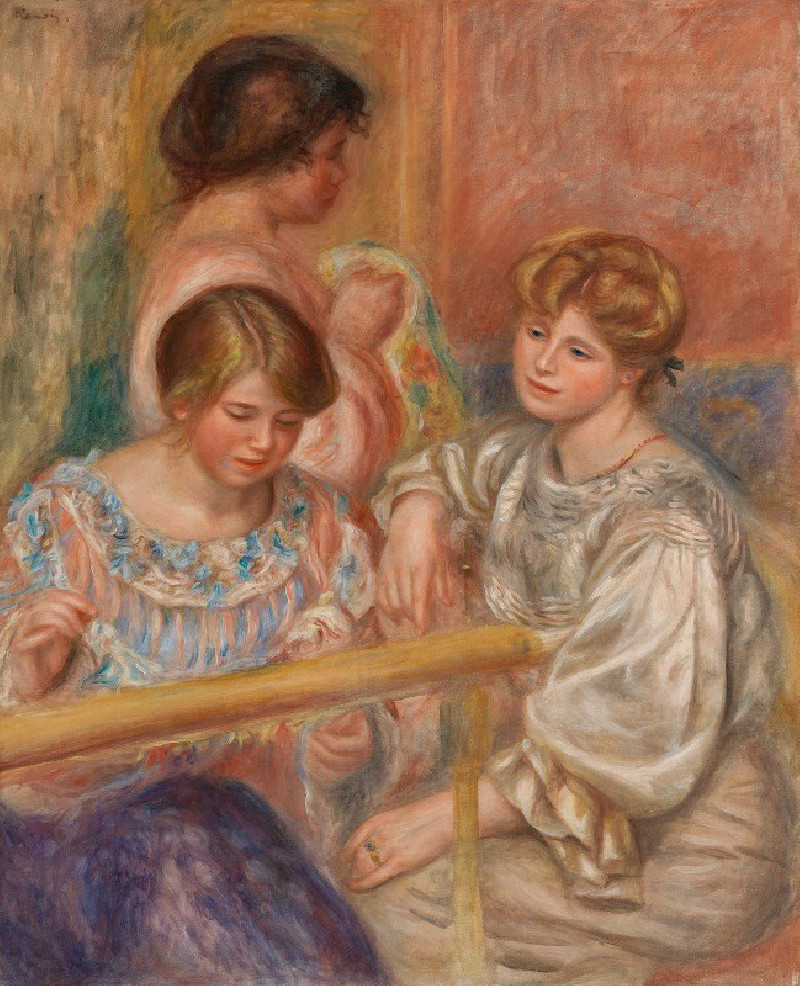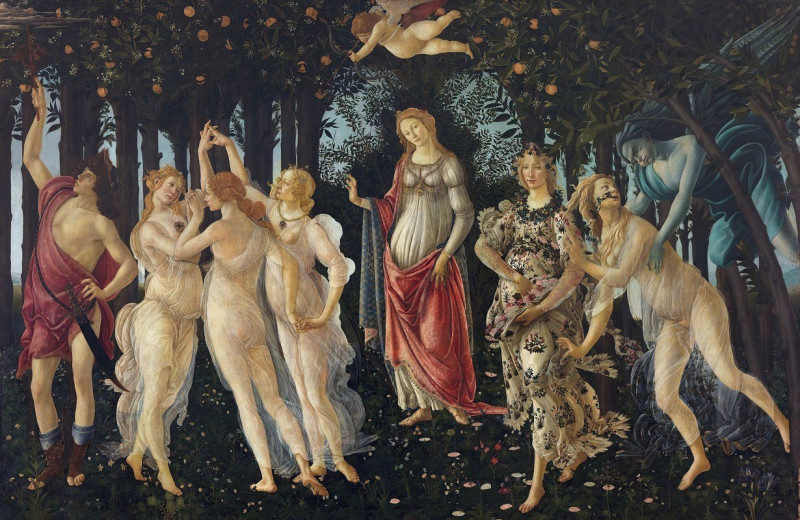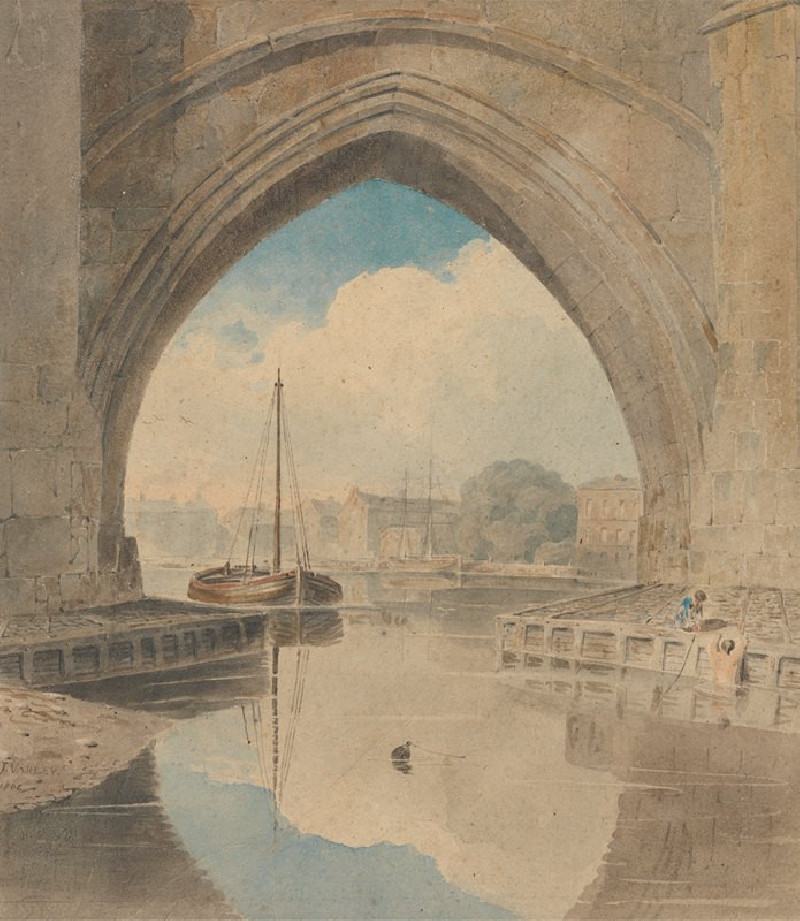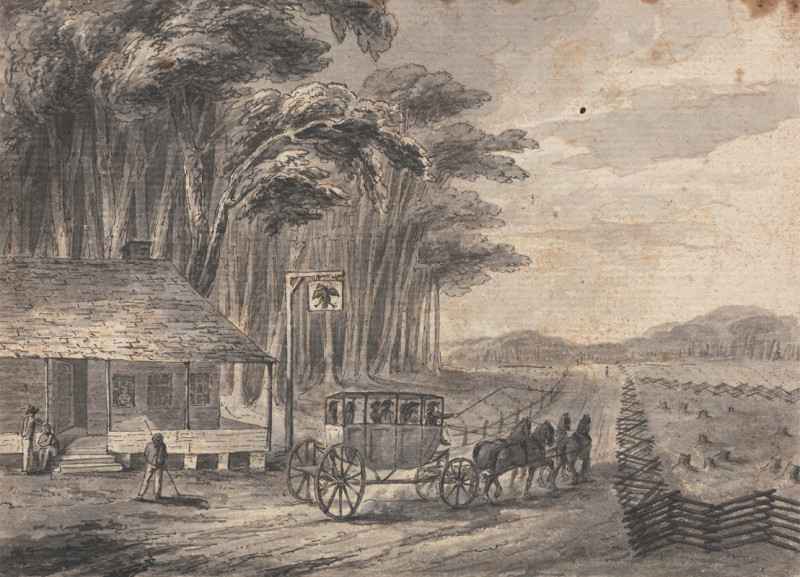Masked Ball at the Opera (1873)
Technique: Giclée quality print
Recommended by our customers
More about this artwork
Welcome to an enchanting glimpse into 19th-century Parisian society through Édouard Manet's captivating work, "Masked Ball at the Opera" (1873). In this immersive painting, Manet masterfully captures the exuberance and mysterious allure of a masked ball, a popular social event of that era.At the heart of the canvas, the viewer's attention is drawn to a group of figures bathed in light, their attire and masks rendered with swift, expressive brush strokes that convey movement and vibrancy. The central figures, adorned in eye-catching costumes and masks, appear as though caught mid-dance or conversation, enhancing the painting’s lively atmosphere.Surrounding these central characters is a sea of partygoers cloaked in darker tones, with the contrast emphasizing the immediacy and focal point of the action. Manet's use of light and shadow not only directs the viewer's focus but also adds a layer of depth and intrigue to the scene. The chaotic yet coherent assembly of revelers encapsulates the spirit of the masked ball, where identities blur and social conventions can be playfully disregarded."Masked Ball at the Opera" is not simply a depiction of a social event but a rich commentary on the social dynamics and cultural vibrancy of Parisian life.
Delivery
Returns
Édouard Manet (1832–1883) was a French modernist painter and one of the first 19th century artists to paint modern life. His impressionist style is characterized by relatively small and thin brushstrokes that create emphasis on light depiction. Manet was one of the key artists in the transition from realism to impressionism, along with Claude Monet, Edgar Degas, and Pierre-Auguste Renoir. However, he resisted involvement in any one specific style of painting, and only presented his work to the Salon of Paris instead of impressionist exhibitions. His early masterworks, The Luncheon on the Grass and Olympia, created great controversy and served as a rallying point for other young painters.
































